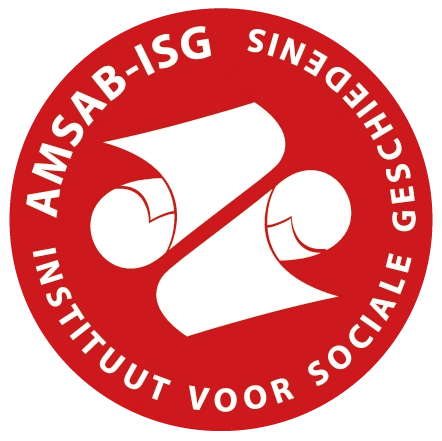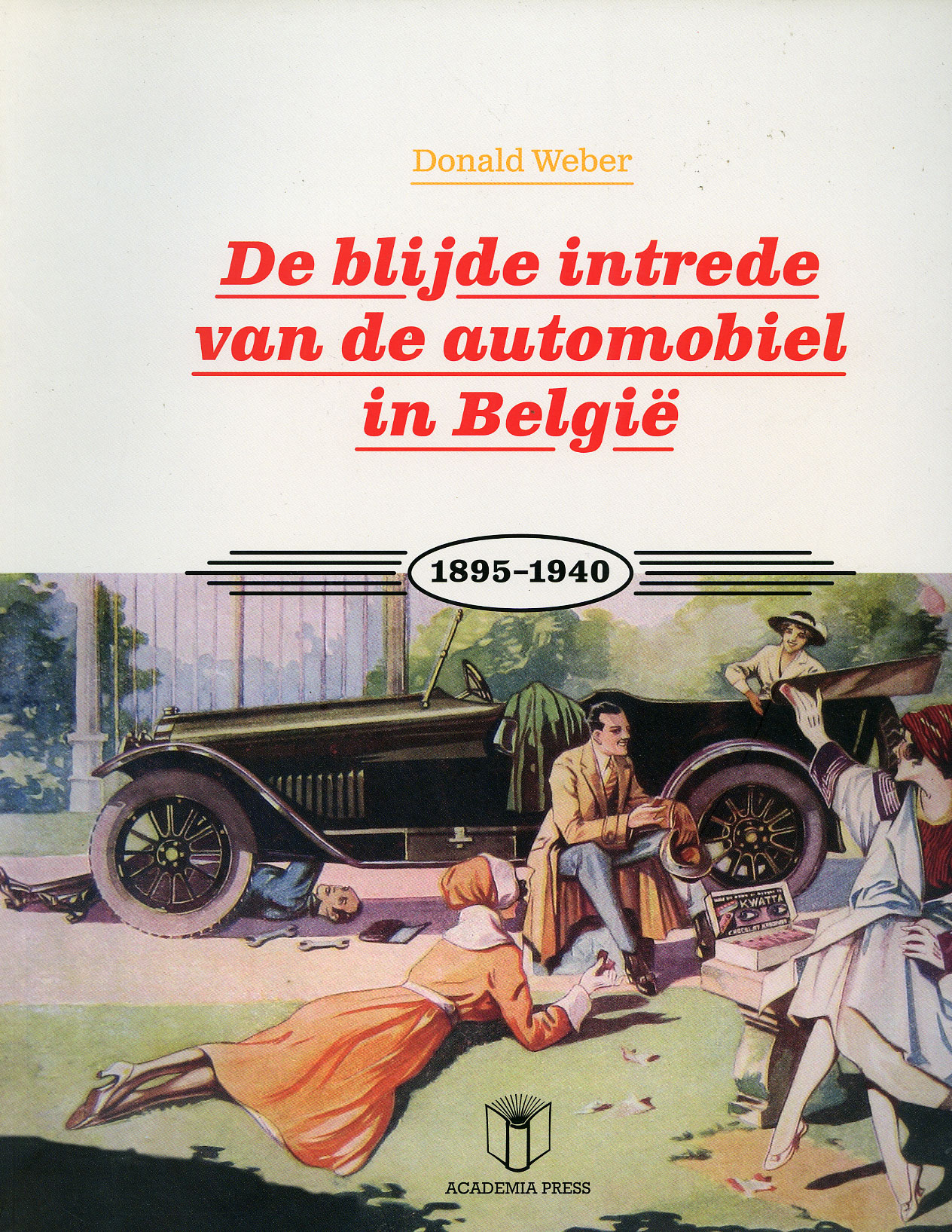
Amsab-ISG
Bagattenstraat 174
9000 Ghent
Tel: +32 (0)9 224 00 79
E-mail: info@amsab.be
Opening hours
Accessibility

The joyful arrival of the automobile in Belgium, 1895-1940, recounts how the automobile emerged at the end of the nineteenth century and slowly but surely conquered a place in public spaces and the lives of Belgians. At the end of 1895, several Belgian cyclists founded the Automobile Club de Belgique. This marked the beginning of the automotive era in our country. Between 1900 and 1914, the number of motor vehicles rose from 1,000 to over 13,000, and confrontations on public roads became increasingly violent. Drivers indulged their obsession with speed on unsuitable roads, among even less adapted, traditional road users. This caused accidents and a general atmosphere of fear, indignation, and violence. After the First World War, the automobile broke through, and motor vehicles became the dominant mode of transport on the road. The Belgian government considered motorization good for the economy and general prosperity and therefore felt it deserved support. But the challenges quickly changed: traffic accidents increased and became a widespread social problem. From the late 1920s onward, roads were adapted to motorized traffic standards and equipped with new traffic devices and signs. Safety, however, was hardly a concern; efficiency was considered the benchmark for successful traffic policy. The joyful arrival of the automobile in Belgium, 1895-1940, tells a broad and often anecdotal story about West Flemish steam cars at the Chinese court, the death culture of motorists, and one-way pedestrian traffic in Brussels. This work is based on original research and describes for the first time the earliest history of the automobilization of Belgian society. The objections and often heated debates of contemporaries about car-free roads, built-in or not-built-in speed bumps, public underground parking garages, and so on often sound surprisingly current.
Donald Weber
The Joyous Entry of the Automobile in Belgium, 1895-1940
Ghent: Academia Press/Amsab-ISG, 2010, 294 p., ill., soft cover